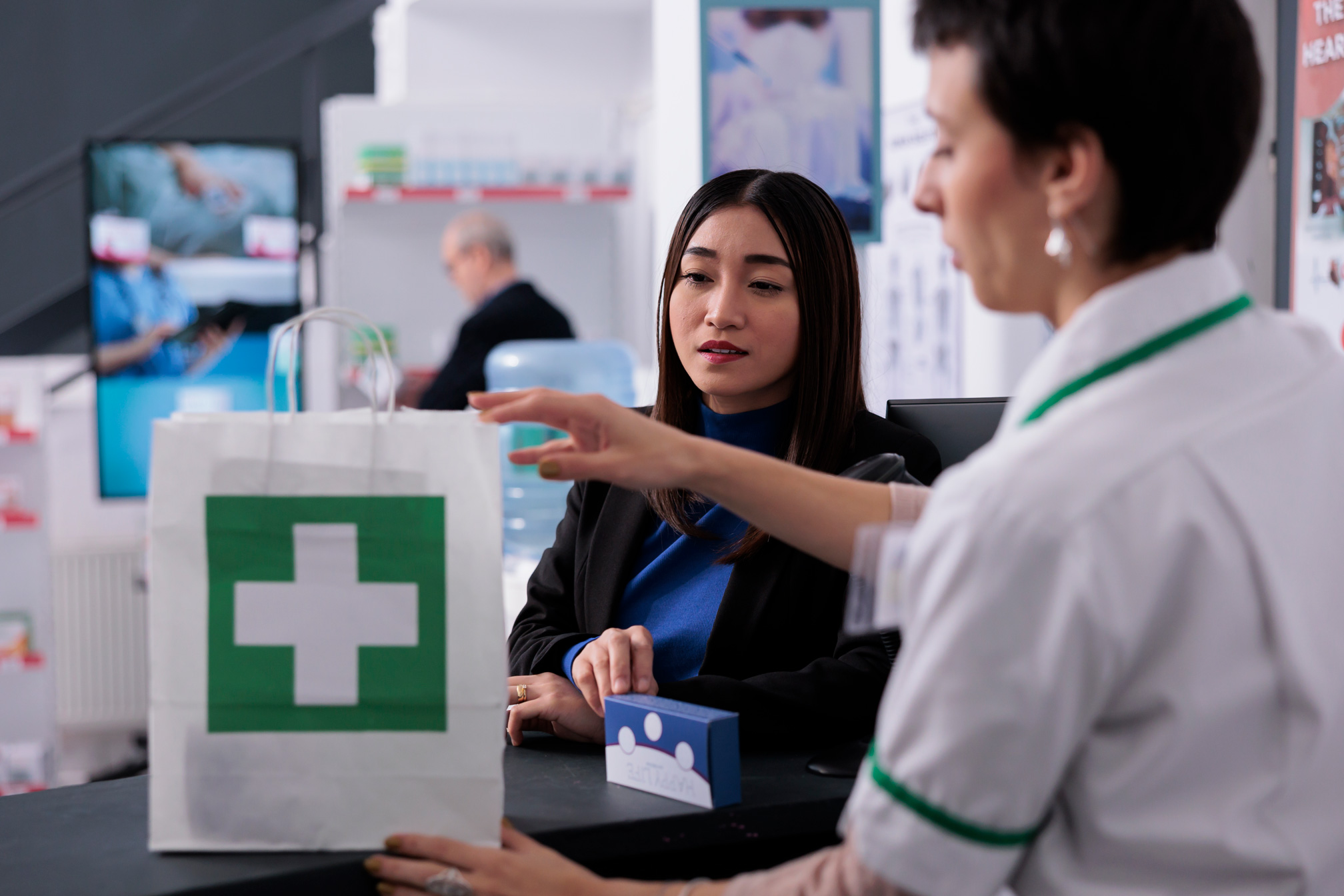Let’s be honest: few people get excited about supply chains. But if you’ve ever waited three hours in A&E because a printer ran out of labels, or heard about a surgery being delayed due to missing sutures, then you’ve already experienced the consequences of an outdated one.
Now, imagine managing the inventory of thousands of hospitals, GP surgeries, pharmacies and care centres. Not just managing it—keeping it running flawlessly, 24/7, under pressure, in a system that still, in many places, relies on clipboards, fax machines and paper forms.
It’s not that the people working in the NHS aren’t doing enough—they’re doing more than ever. But they’re doing it with tools that belong in a museum.
The High Stakes of Healthcare Logistics
When we talk about supply chains in the NHS, we’re not talking about running out of oat milk in the office kitchen. We’re talking about oxygen cylinders, insulin pens and cancer treatment drugs. If those items don’t arrive where they’re meant to be, on time, the fallout can be life-changing.
Until recently, the NHS supply chain was heavily fragmented. Multiple systems, inconsistent data, manual processes, and a painful lack of real-time visibility. And to no one’s surprise, that meant delays, errors and astronomical waste.
In the 2024 UK Budget, Chancellor Jeremy Hunt announced a £3.4 billion investment aimed at modernising NHS IT systems. This investment is projected to unlock £35 billion in savings over the coming years.
Enter the Digital Era (Finally)
Now, digital systems are quietly (and finally) taking over. Think real-time tracking of stock levels, predictive analytics for demand, automated ordering, and smarter delivery routes. We're seeing centralised platforms that can talk to each other, instead of relying on someone to copy-paste from a spreadsheet into an email.
And yes, it’s working. NHS Supply Chain has already begun rolling out digital dashboards to monitor inventory across trusts. This allows decision-makers to see where shortages are coming and act before they become crises. Not reactive, but proactive.
Less Waste, Better Care
When a hospital knows exactly what’s in stock, how fast it's being used, and what needs reordering, we reduce the amount of unused stock being thrown out. We also reduce the number of emergency shipments—those last-minute, carbon-heavy, often costly deliveries that happen when someone realises too late that something essential is missing.
The bonus? Staff spend less time hunting down items or filling out forms, and more time doing what they actually trained for: patient care.
But Here’s the Catch
Technology isn’t a magic wand. You can’t just plug in a new app and expect a revolution. The systems have to be designed to work with healthcare staff, not around them. They need to be simple, intuitive, and adaptable to the very real chaos of a hospital ward. And this is where start-ups like ours come in. We build for the real world—not for boardrooms. We listen to pharmacists, GPs, couriers and patients. We look for the snags, the lost time, the things that make people say “There’s got to be a better way.” And then we build it.
Why It Matters — and What We’re Doing About It
At Onelivery, we're not just watching the NHS digital shift from the sidelines—we're actively supporting it. Our smart delivery solutions are already helping pharmacies and healthcare providers move faster, reduce waste, and lower carbon emissions across London.
By combining intelligent routing, data-driven tracking and thoughtful tech, we’re proving that supply chains don’t have to be slow, clunky or paper-bound. They can be responsive, efficient, and yes, even human.
If you believe healthcare logistics should work as well as the people within it, then let’s work together. Join Onelivery in building a better-connected, future-ready NHS.









